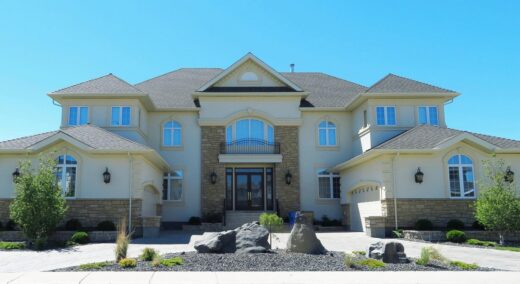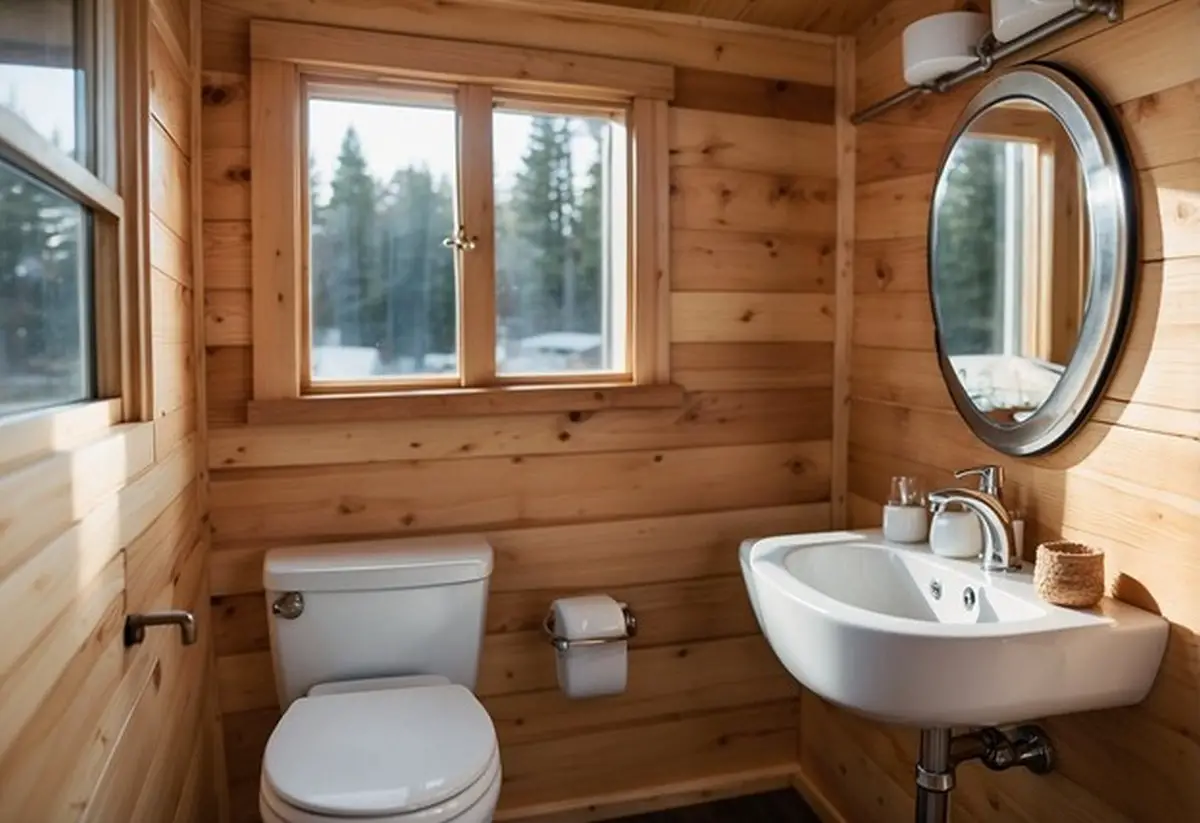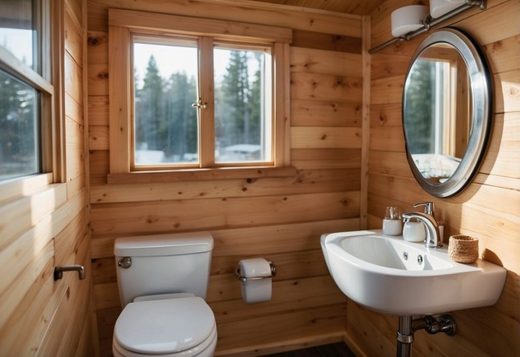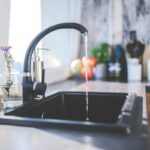Do tiny homes have plumbing, US rural real estate, American mobile countryside homes
Do Tiny Homes Have Plumbing?
August 20, 2024
Tiny homes have rapidly gained attention for their affordability, portability, and sustainable living options. A common concern for many considering this lifestyle is the practicality of plumbing. Yes, tiny homes do have plumbing systems, which can be either off-grid or on-grid, depending on the owner’s preferences and location.
Tiny Home Plumbing Essentials
In a typical tiny home, plumbing setups can include one sink, one shower, and one toilet. The complexity of the system often depends on whether the house is self-contained. Off-grid solutions might involve intricate tank storage systems, similar to those found in RVs, ensuring that water and waste are efficiently managed.
The choices in plumbing installations, such as using a composting toilet or connecting all drain pipes to a single PVC line, highlight the flexibility and innovation in tiny house design. Whether opting for a DIY approach or hiring a professional, tiny house plumbing offers a practical solution to meet modern living needs in a compact space.
Tiny homes typically feature efficient, compact plumbing systems. Essential components include a reliable water supply, waste management systems, and selected plumbing fixtures and appliances.
Water Supply and Sources
Tiny homes often utilize multiple water sources. According to the plumbing experts at scalplumbing.com, they can connect to municipal water systems, making them similar to traditional homes. Portable water tanks are another common choice, especially for mobile tiny homes. These tanks can be filled at campgrounds or other water sources.
Wells are also an option for stationary tiny homes in rural areas. A well necessitates a pump system to deliver water into the tiny home’s plumbing. Some may incorporate rainwater harvesting systems, which collect and filter rainwater to be used for various household needs. Each of these methods offers its own advantages based on the specific lifestyle and location of the tiny home.
Waste Management Systems
Waste management in tiny homes includes handling both greywater and blackwater. Greywater, from showers and sinks, can be directed to holding tanks or drainage fields where it can be filtered and reused for irrigation.
Blackwater, from toilets, often requires a more specialized system. Composting toilets are popular since they require no water and can be managed with regular maintenance. Other tiny homes may use blackwater tanks that need to be emptied at designated dump stations, similar to those in RVs.
Another innovative solution is incinerating toilets, which burn waste into ash, reducing the amount of physical waste. The choice depends on the home’s mobility, whether it’s on-grid or off-grid, and the owner’s preference for managing waste.
Plumbing Fixtures and Appliances
Tiny homes necessitate carefully selected plumbing fixtures and appliances to maximize space and efficiency. Tankless water heaters are popular due to their compact size and instant hot water supply.
Low-flow showerheads and faucets help conserve water, an essential feature for tiny homes with limited water storage. Kitchen sinks and compact washers and dryers should be selected for their minimal footprint.
Many tiny home owners opt for combo appliances, like washer-dryer units, to save space. Every fixture and appliance is chosen with the tiny home’s compact nature in mind, ensuring functionality without wasting valuable space.
Installation and Maintenance
Proper installation and maintenance of a tiny house’s plumbing system are crucial for long-term functionality. Key areas include the step-by-step process of setting up the plumbing, the regular upkeep required, and the necessities for winterizing and insulating the system.
Plumbing Installation Process
Installing plumbing in a tiny house involves several steps to ensure efficiency and reliability. Start with rough plumbing, which includes laying out the primary piping system. These pipes must be flexible yet durable to fit into the compact spaces of a tiny house, often utilizing materials like PVC or PEX.
Next, move to finish plumbing, installing fixtures such as sinks, showers, and water heaters. The positioning of these fixtures must maximize limited space, providing both functionality and ease of access. Some tiny house builders opt for composting toilets to simplify waste management.
Finally, conducting a water pressure test is advisable to ensure the system operates correctly. An optional yet beneficial step is installing a water pressure gauge to monitor the system in real-time.
Regular Maintenance and Repairs
Maintaining a tiny house plumbing system involves routine checks and timely repairs to prevent major issues. Regularly inspect the pipes for leaks and the fixtures for wear and tear. Replace worn-out washers and seals to avoid water wastage and potential damage.
Check the water heater periodically. Ensure it is free from sediment buildup, which can affect its efficiency. For homes with complex plumbing systems, consulting a professional for annual inspections is recommended.
Cleaning the grey water and black water tanks is essential. Proper disposal and treatment of waste can prevent clogs and unpleasant odors, maintaining a hygienic living environment.
Winterization and Insulation
Winterizing a tiny house’s plumbing system is vital in cold climates. Begin by draining all water from the pipes and tanks to prevent freezing. Use pipe insulation to cover exposed pipes, reducing the risk of burst pipes due to low temperatures.
Install heat tape on critical sections of the plumbing system to provide additional protection against freezing. In extremely cold regions, consider adding a small heater to maintain a stable temperature within the plumbing compartments.
Ensure that external water sources are disconnected and drained. Cover any exterior water access points with insulating materials to protect against the cold.
Winterization and proper insulation can prolong the life of a tiny house’s plumbing system and ensure it remains functional year-round.
Comments on this guide to Do Tiny Homes Have Plumbing? article are welcome.
American Architecture Designs
American Architectural Designs – recent selection from e-architect:
USA Homes – selection:
Gloucester House, Fore Store, Virginia
Design: ARCHITECTUREFIRM
Gloucester House, Fore Store Virginia
Lantern House, Austin, Texas
Design: Dick Clark + Associates
Lantern House, Austin, Texas
The Savviest Realtor Grande Prairie, USA
Home Articles
Residential Architecture
Things to know before buying a house in the USA

Comments / photos for the Do Tiny Homes Have Plumbing? – American real estate help guide page welcome



